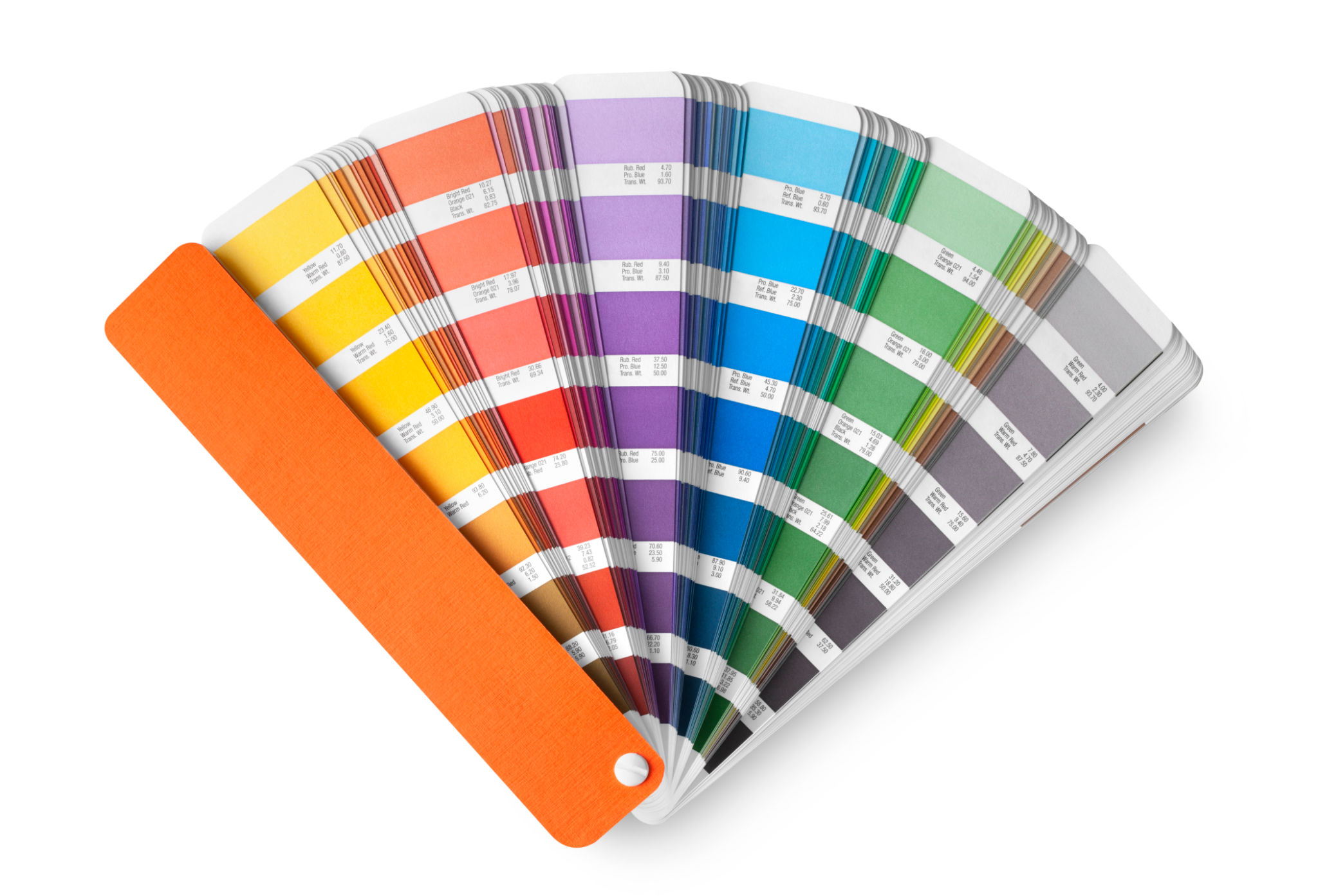From Fabric to Fit: A Comprehensive Guide to Custom Suit Tailoring
Stepping into the world of custom suit tailoring is akin to embarking on a journey where personal style meets precision. From the selection of fabric to the final fitting, every step is an opportunity to create a garment that is uniquely yours. This comprehensive guide will walk you through the essential stages of crafting a custom suit, ensuring you look and feel your best.
Choosing the Right Fabric
The foundation of any great suit starts with the fabric. With numerous options available, selecting the right material requires understanding its characteristics and suitability for your needs. Wool remains a popular choice due to its versatility and durability, but cotton, linen, and blends offer alternatives for different climates and occasions.
When choosing a fabric, consider factors such as weight, texture, and seasonality. Lightweight fabrics are ideal for summer months, whereas heavier materials provide warmth during colder seasons. Always remember that the fabric should complement your lifestyle and personal taste.

Understanding the Suit Design
Once the fabric is chosen, the next step is to decide on the design. This includes selecting the style of jacket, lapels, pockets, and trousers. A well-designed suit balances classic elements with contemporary trends, ensuring a timeless yet updated look.
Jacket Style
Single-breasted jackets are the most versatile and widely worn, offering a sleek silhouette for both formal and casual settings. Double-breasted jackets, on the other hand, present a more formal appearance with a distinctive flair.

Lapels and Pockets
The choice of lapels—whether notch, peak, or shawl—can dramatically impact the suit's appearance. Notch lapels are traditional and versatile, while peak lapels add an element of boldness. In terms of pockets, consider choosing between flap, jetted, or patch styles based on the desired level of formality.
Measurements: The Key to Fit
A custom suit's fit is its most defining feature. Accurate measurements ensure that the suit drapes perfectly over your body, enhancing your physique. Professional tailors typically take measurements for shoulders, chest, waist, arms, and inseam to achieve a precise fit.
During this process, communicate your preferences regarding fit—whether you prefer a slim cut or a more relaxed silhouette. Remember, comfort should always be prioritized alongside style.

The Fitting Process
After crafting the initial suit based on your measurements and design choices, a series of fittings will follow. These sessions allow for adjustments to achieve the perfect fit. Pay close attention to areas like shoulder alignment, sleeve length, and trouser fall during these appointments.
Be open to making modifications suggested by your tailor. Their expertise can help fine-tune details that enhance both comfort and aesthetics.
Caring for Your Custom Suit
Once your custom suit is complete, proper care ensures it remains in pristine condition for years. Regularly brush off lint and dust with a clothes brush, and store the suit on a sturdy hanger to maintain its shape.
- Avoid frequent dry cleaning; opt for spot cleaning when possible.
- Invest in quality garment bags for travel to protect against wrinkles and damage.
- Rotate suits regularly to allow the fabric to breathe and recover.

In conclusion, a custom suit is more than just an article of clothing—it's an expression of individuality and craftsmanship. By understanding each step from fabric selection to fitting, you can create a garment that not only fits perfectly but also enhances your personal style. Embrace the process and enjoy the transformation from fabric to fit.
